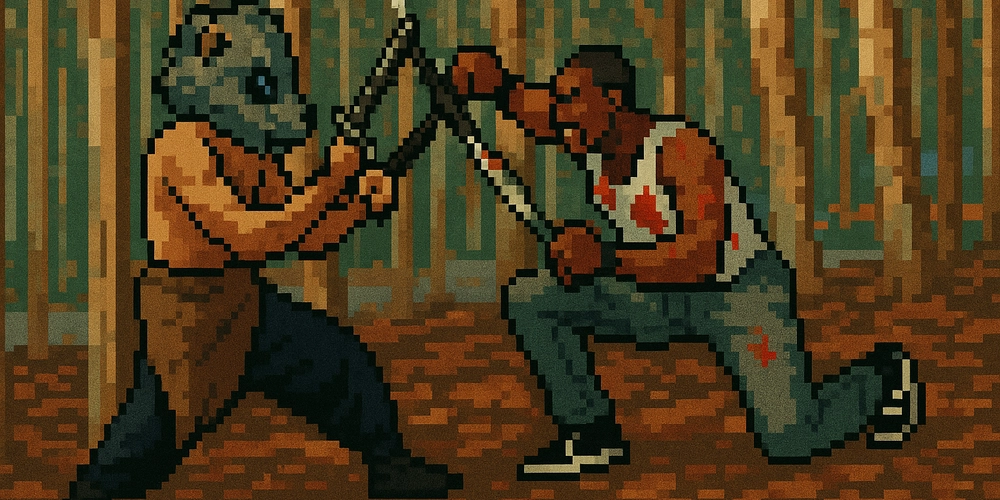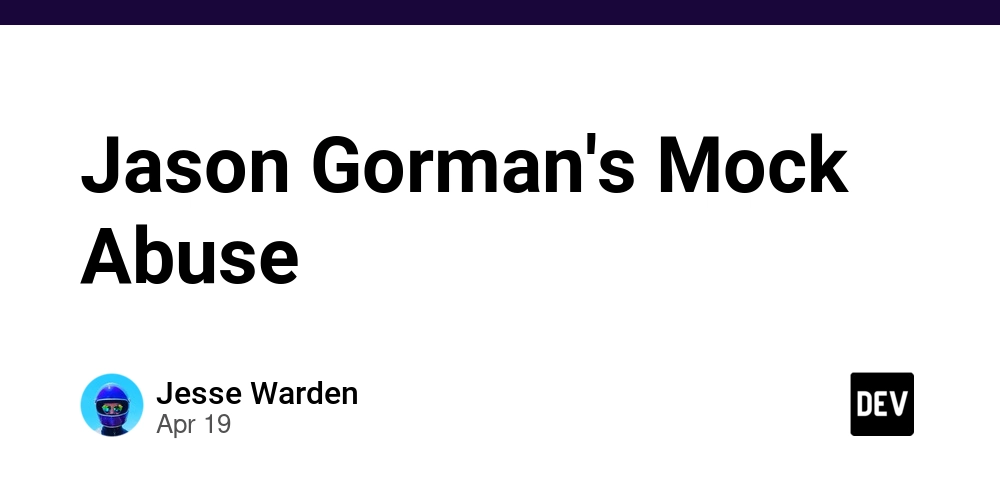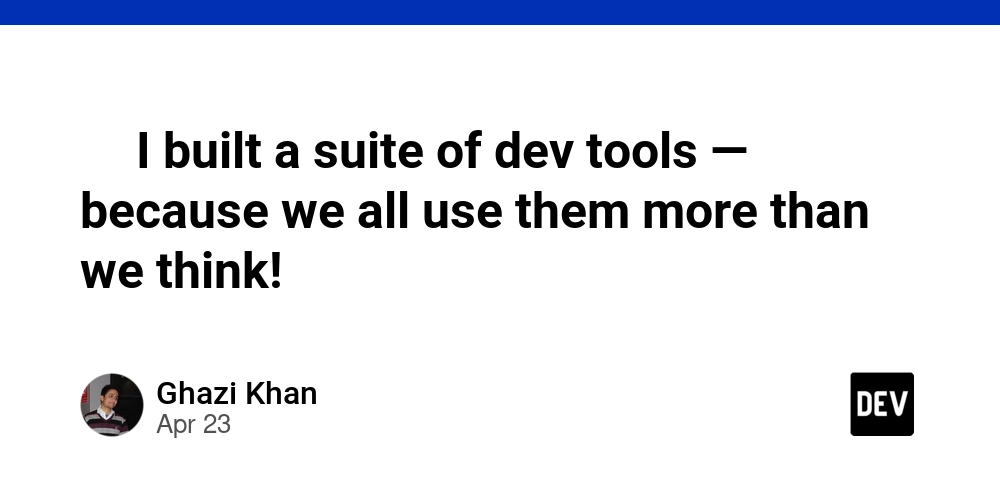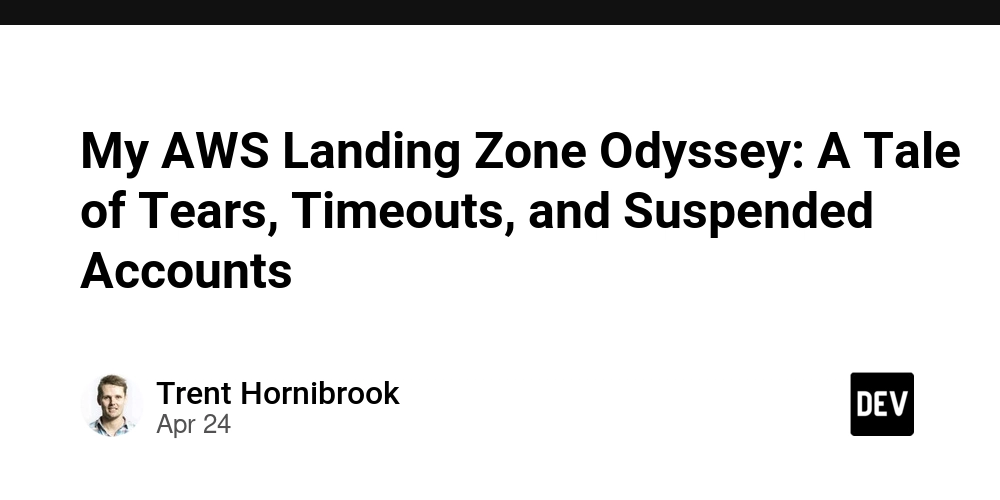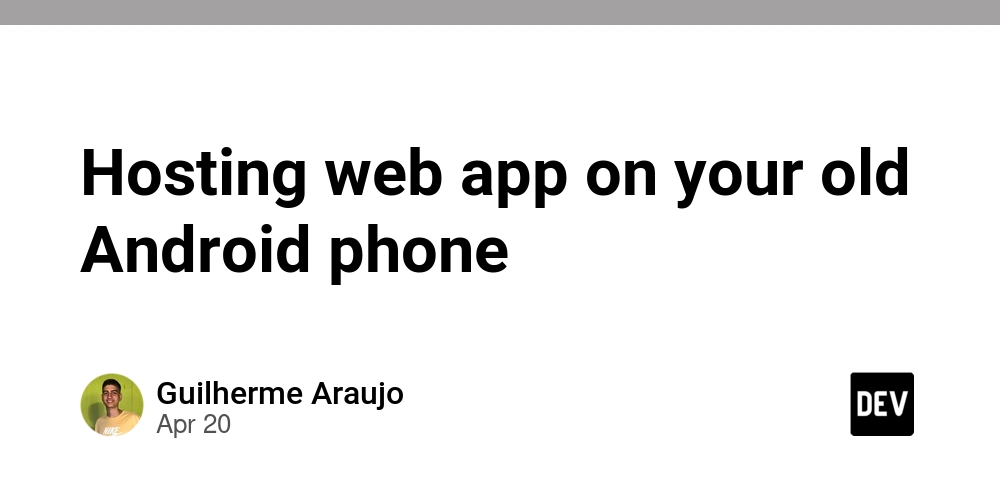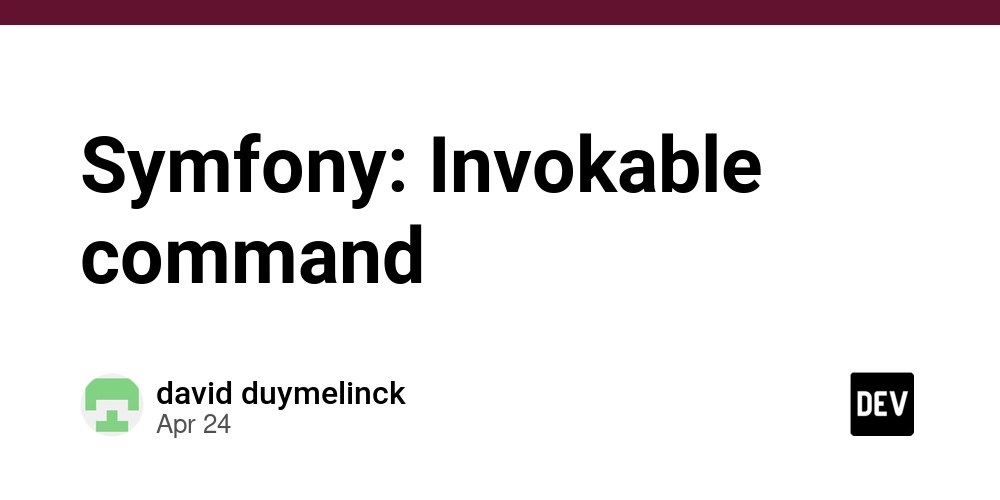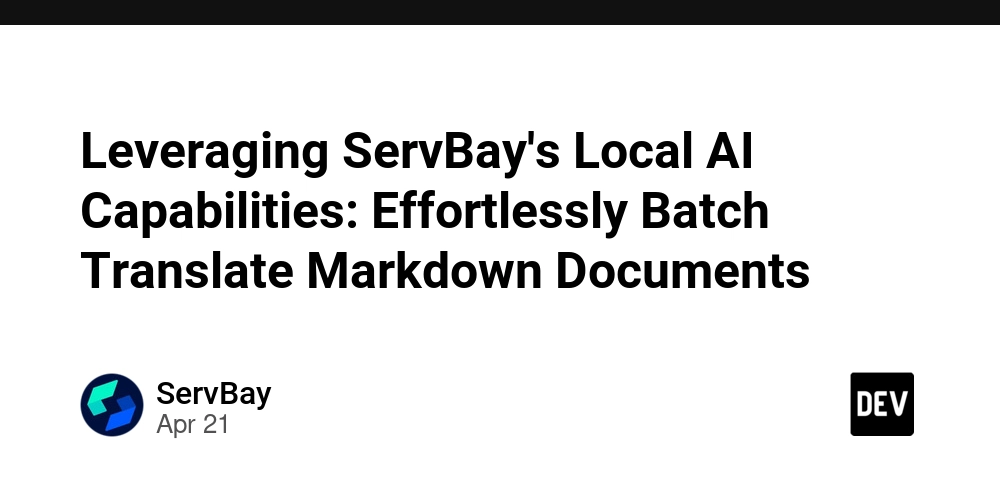
SolidJS: How a Decade of Innovation Redefined Modern JavaScript Frameworks
Seven years after its open-source debut, SolidJS isn't just another JavaScript framework; it's a testament to challenging assumptions and pushing boundaries. Born from a desire to refine fine-grained reactivity, SolidJS is reshaping the landscape of front-end development. This is the story of SolidJS, its impact, and its vision for the future.
From Humble Beginnings to a Front-End Revolution
The journey of SolidJS started with a simple itch: proving that fine-grained reactivity could outperform existing solutions. Created as a side project in 2015, SolidJS quickly evolved in a private BitBucket repository. Its initial versions, resembling Vue with composable Signals, lacked a Virtual DOM, opting for fine-grained data bindings akin to KnockoutJS.
Early benchmarks revealed areas for improvement, sparking two years of relentless optimization. API refinements, including a switch to JSX, propelled SolidJS to the top of performance charts by early 2018. On April 24th, 2018, SolidJS was officially released.
The Rise of React and the Drive for Innovation
Witnessing the surge in React's popularity and the introduction of Hooks ignited a new mission for the creator of SolidJS. Dan Abramov's unveiling of Hooks in October 2018 highlighted React's move towards composable primitives, mirroring SolidJS's approach. This spurred the SolidJS team to demonstrate the capabilities of a fine-grained model without relying on a Virtual DOM.
The team successfully implemented Suspense, Transitions, HMR, SSR, Hydration, and Streaming, tailoring solutions specifically for the fine-grained model. Though the concepts weren't entirely new, SolidJS pioneered their implementation in this innovative paradigm.
Battling Skepticism and Finding a Community
Initially, promoting SolidJS proved challenging. Social media engagement was met with skepticism, and attempts to engage with other framework authors were often rebuffed. The JavaScript fatigue among developers made introducing yet another framework a daunting task.
However, the SolidJS team persevered, focusing on building and sharing their work publicly. This approach attracted a dedicated community, including key contributors like David DiBiase. Open Collective sponsorships fueled hackathons and a fellowship program, expanding the ecosystem and supporting vital initiatives.
Signals Everywhere: A Paradigm Shift
Fast forward to today, and the influence of SolidJS is undeniable. While in 2018 fine-grained reactivity was a niche concept, by 2025 most popular JavaScript frameworks are working or migrating to work the way SolidJS does. Framework authors, initially skeptical, began to recognize the potential of Signals and fine-grained rendering.
Conversations sparked by SolidJS led to the adoption of Signals in Angular, Qwik, Vue (with Vue Vapor), and Svelte (with Svelte Runes). Even a TC-39 proposal for Signals in the browser signifies the widespread recognition of this approach.
The Future of SolidJS: Beyond Expectations
While other frameworks have adopted similar approaches, SolidJS isn't standing still. The focus has shifted from proving capabilities to exploring unique possibilities. With the core principle of challenging baseline assumptions, SolidJS aims to unlock new capabilities that other solutions haven't even considered.
This forward-thinking vision keeps the project energized and provides direction for the future. By focusing on continuous innovation, the SolidJS team is paving the way for a better web development experience. The journey has only just begun, SolidJS is poised to shape the future of front-end development, offering a powerful and performant alternative to traditional Virtual DOM-based frameworks.

